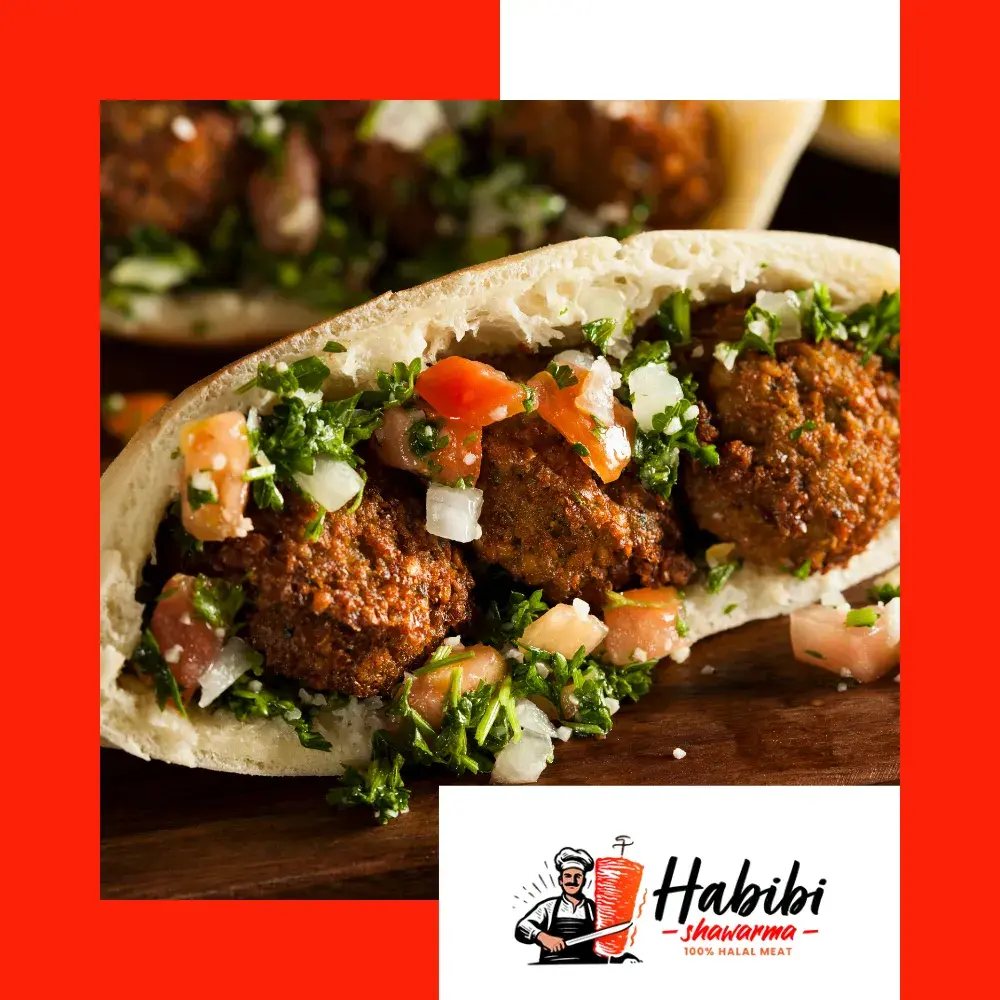Falafel, the beloved Middle Eastern staple, has captured the hearts and taste buds of people worldwide. Its origins are rooted in tradition, but its appeal transcends borders, adapting to various culinary cultures. Let’s explore the global appeal of falafel, highlighting its cultural variations and innovative fusion recipes that continue to delight food enthusiasts.
Cultural Variations
Falafel’s journey across the globe has led to unique regional adaptations. In its birthplace, the Middle East, falafel is often made with chickpeas or fava beans, seasoned with garlic, onions, and a blend of spices such as cumin and coriander. Served in warm pita bread with tahini sauce, fresh vegetables, and pickles, it remains a classic dish.
In Israel, falafel is a national favorite, often accompanied by a wide array of salads and sauces. The Israeli version typically uses chickpeas and includes ingredients like parsley and cilantro for a fresh, herbaceous flavor. The combination of crispy falafel balls with creamy hummus and tangy pickles creates a harmonious blend of textures and tastes.
Fusion Recipes
As falafel spread to different parts of the world, chefs began experimenting with fusion recipes, incorporating local flavors and ingredients. In the United States, for example, falafel has been transformed into creative dishes like falafel burgers. These patties, made from the traditional falafel mixture, are grilled and served in a bun with diverse toppings such as avocado, sriracha, and pickled onions.
Innovative Twists
In India, falafel is often spiced with additional ingredients like turmeric, chili powder, and garam masala, offering a spicy twist to the traditional recipe. Served with a side of tangy tamarind chutney and yogurt raita, Indian-style falafel provides a delightful fusion of Middle Eastern and Indian flavors.
Another innovative variation is the Mediterranean falafel bowl. This dish features a bed of quinoa or couscous topped with falafel, roasted vegetables, olives, feta cheese, and a drizzle of tzatziki sauce. The combination of these ingredients results in a nutritious and satisfying meal that showcases the versatility of falafel.
Falafel’s adaptability has also led to its inclusion in Asian cuisine. In Thailand, falafel is sometimes paired with a spicy peanut sauce, combining the rich, nutty flavors with the crispiness of falafel. This fusion creates a unique and flavorful experience that reflects the ingenuity of Thai cuisine.
The global appeal of falafel lies in its ability to blend seamlessly with various culinary traditions while maintaining its distinct character. From traditional Middle Eastern recipes to innovative fusion dishes, falafel continues to inspire chefs and food lovers around the world. As it evolves and adapts, falafel remains a testament to the power of culinary creativity and cultural exchange.
Learn More
Health Benefits of Falafel: Nutritional Insights and Delicious Recipes

